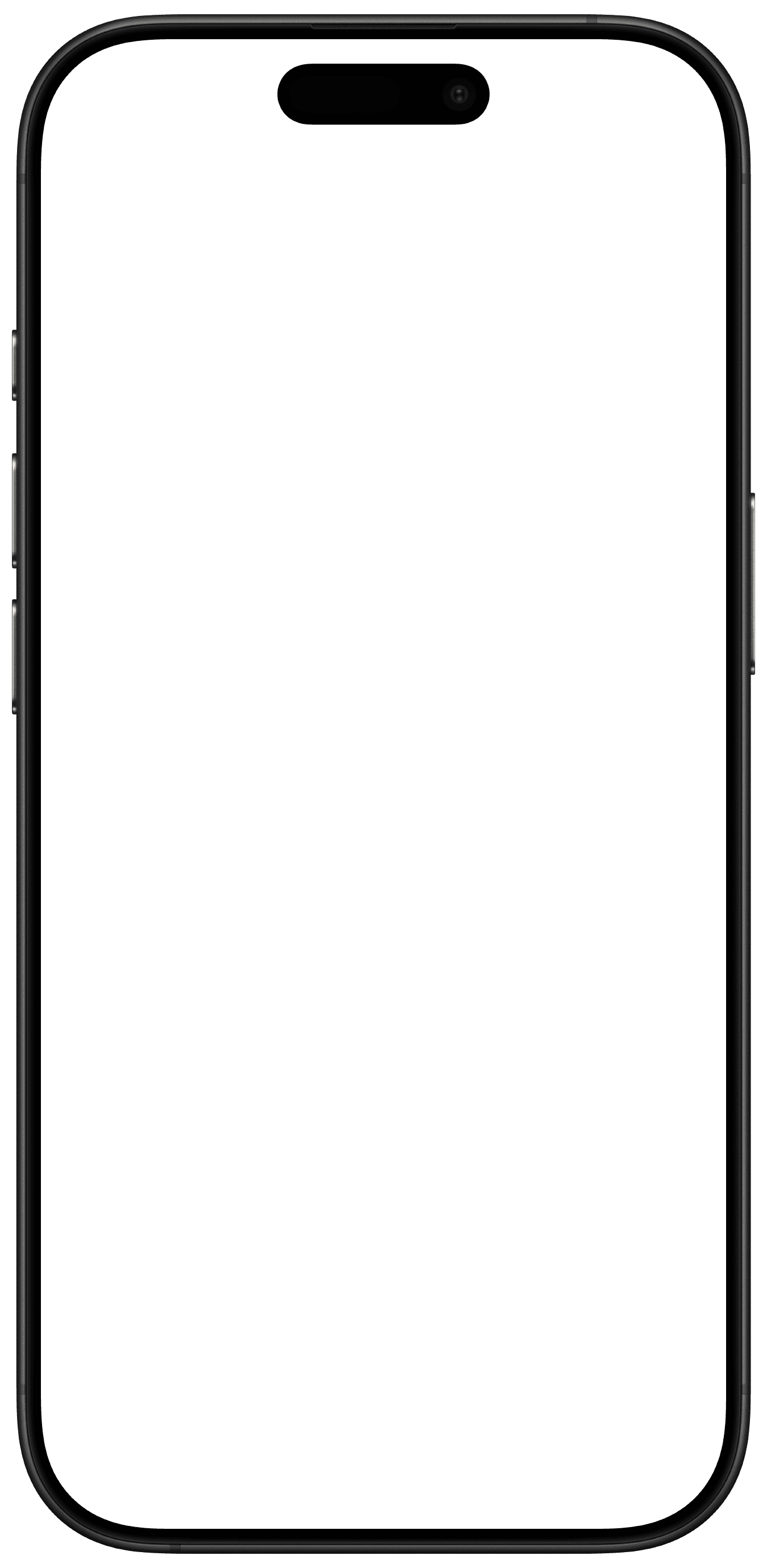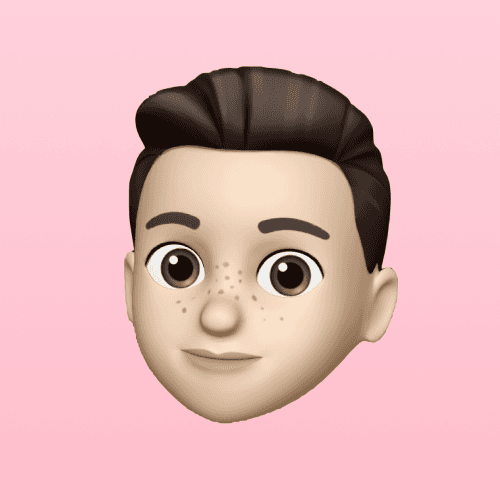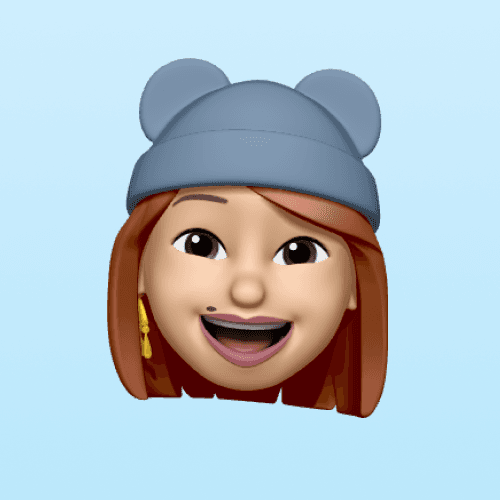Project Overview
This project was completed in Fall 2024 as part of the Major 1 Studio course in the MPS Communication Design program at Parsons School of Design
Design Challenge
Goal/Opportunity
Timeline
Nov 4 - 29, 2024
Role
Product Designer
The Process
Hi-Fi
The Problem
Weather Uncertainty Makes Planning Difficult
Users struggle to plan events and activities due to the lack of tools that track weather on specific future dates, leading to uncertainty and scheduling conflicts
The Solution
A personalized dashboard that allows users to manage and track weather conditions for their planned days

Pinned events at a glance
A personalized dashboard for users to monitor weather and plan ahead with greater efficiency
Easily add plans around the weather
Plan smarter with the weather in mind. Easily create events like workouts or meetups right from your forecast

Background
Understand the app and its purpose
Discovery
Problem Discovery

Discover
How Might We transform the Apple Weather app into an engaging experience that enhances users’ daily lives?
Research
Understanding the problem through interviews
To understand how the Apple Weather app fits into daily planning, I spoke with users who rely on it to check forecasts before commuting, scheduling events, or deciding what to wear—uncovering the small decisions and routines shaped by weather updates.




Some key questions I aimed to explore were designed to better understand users’ behavioral patterns, planning habits, and their overall expectations when using the Weather app.
Synthesis
Synethesizing Interviews
I learned that users often face uncertainty when planning events or activities, as the app lacks features to track weather tied to specific future dates.
Insight O1
60%
Users want real-time weather updates and alerts to quickly adjust plans for unexpected or extreme conditions.
Average Time
3 min
People spend on the app
Number of interviewees
4
Age range: 19-28
Insight O2
60%
Users want personalized alerts and calendar integration to better link forecasts with upcoming events
Insight O3
60%
Users want quick weather info, prefer simplicity, and value personalized outdoor activity suggestions





Apple users
All Apple products include Apple's weather app

Daily Commuter
People that check the app for daily travel

Outdoor enthusiast
People who depend on real weather data to plan
Research
This then led me to ask….
How might we transform the Apple Weather app into an engaging experience that enhances users’ daily lives?
01
How might we deliver simple and clear real-time weather updates and reminders?
02
How might we help people stay informed about weather changes in advance?
03
Do people want to spend more or less time on the Apple Weather app?
Ideation
How Might We's Sketches
For this exercise, my participants (three classmates) each chose one of the three prompts below and sketched their idea within five minutes.
2 - Ideation
Before & After (Site Map)
This compares the original and updated site maps of the Apple Weather App, highlighting how user flows and interactions evolve with the proposed features.
Lo-Fidelity
Following the HMW sketches, I created some wireframes
For this exercise, my participants (three classmates) each chose one of the three prompts below and sketched their idea within five minutes.
Lo-Fidelity
Following the HMW sketches, I created some wireframes


Lo-Fidelity
Following the HMW sketches, I created some wireframes

Interested in another story?
vee-mai.design@gmail.com
© Vee Mai, 2025


